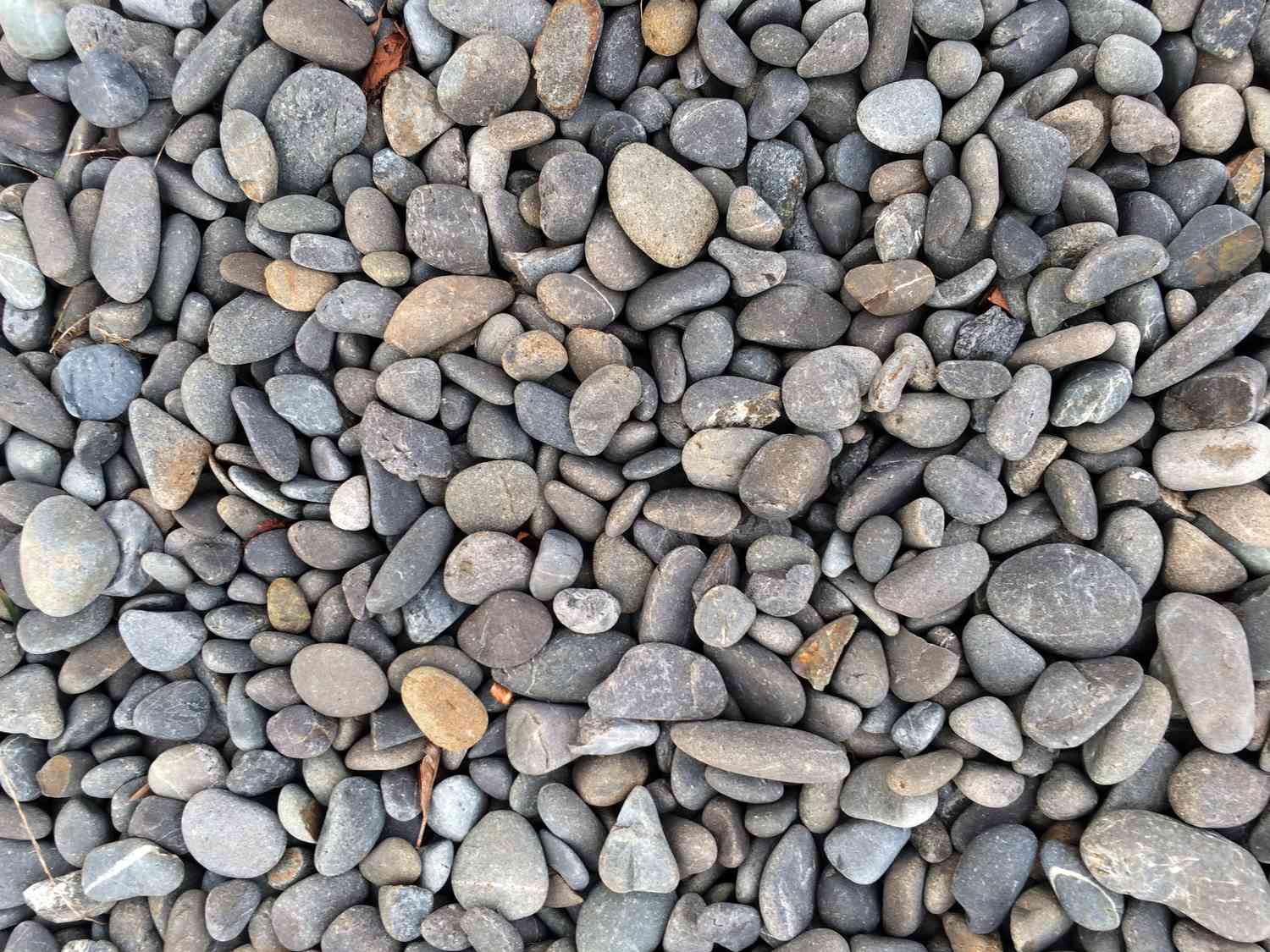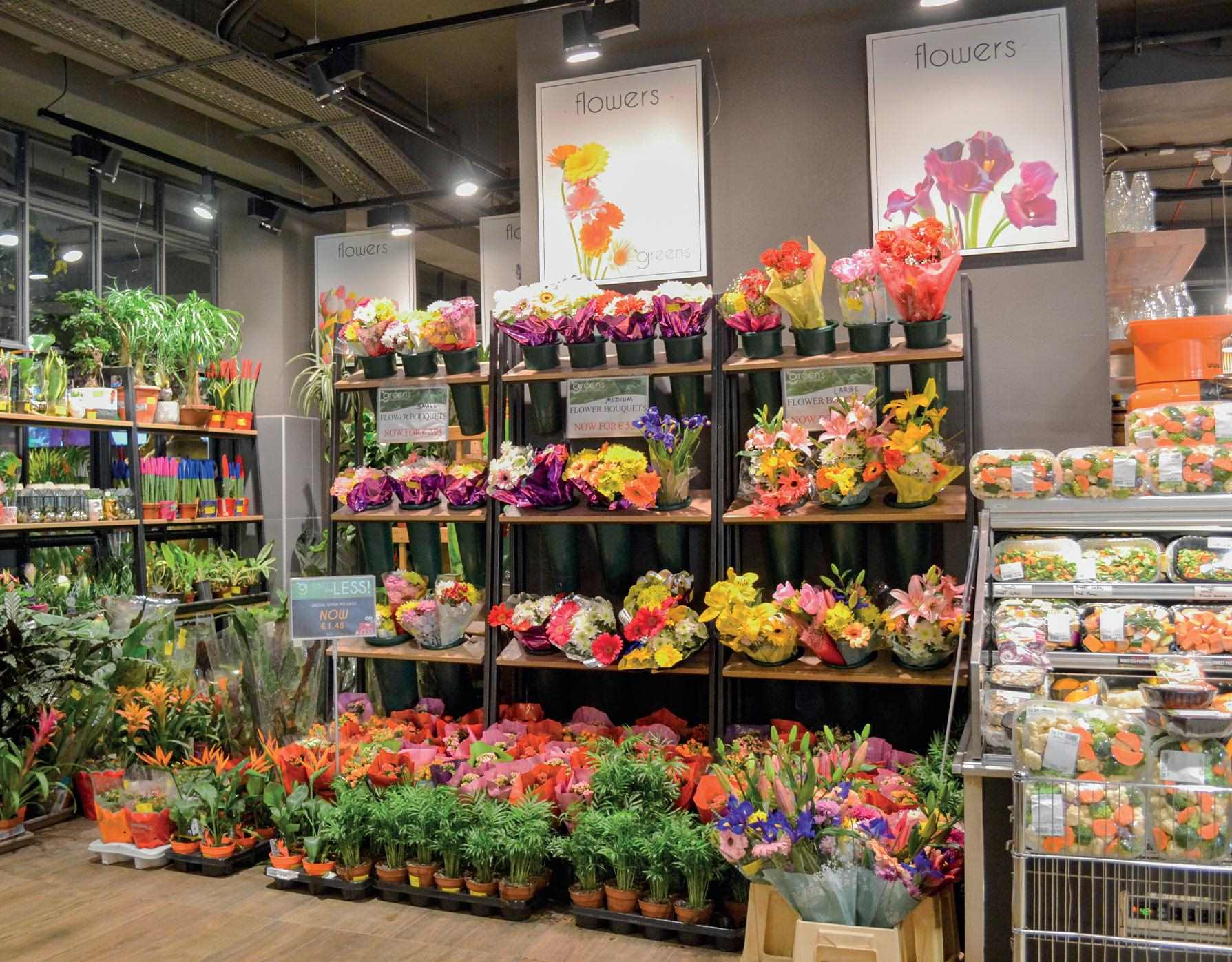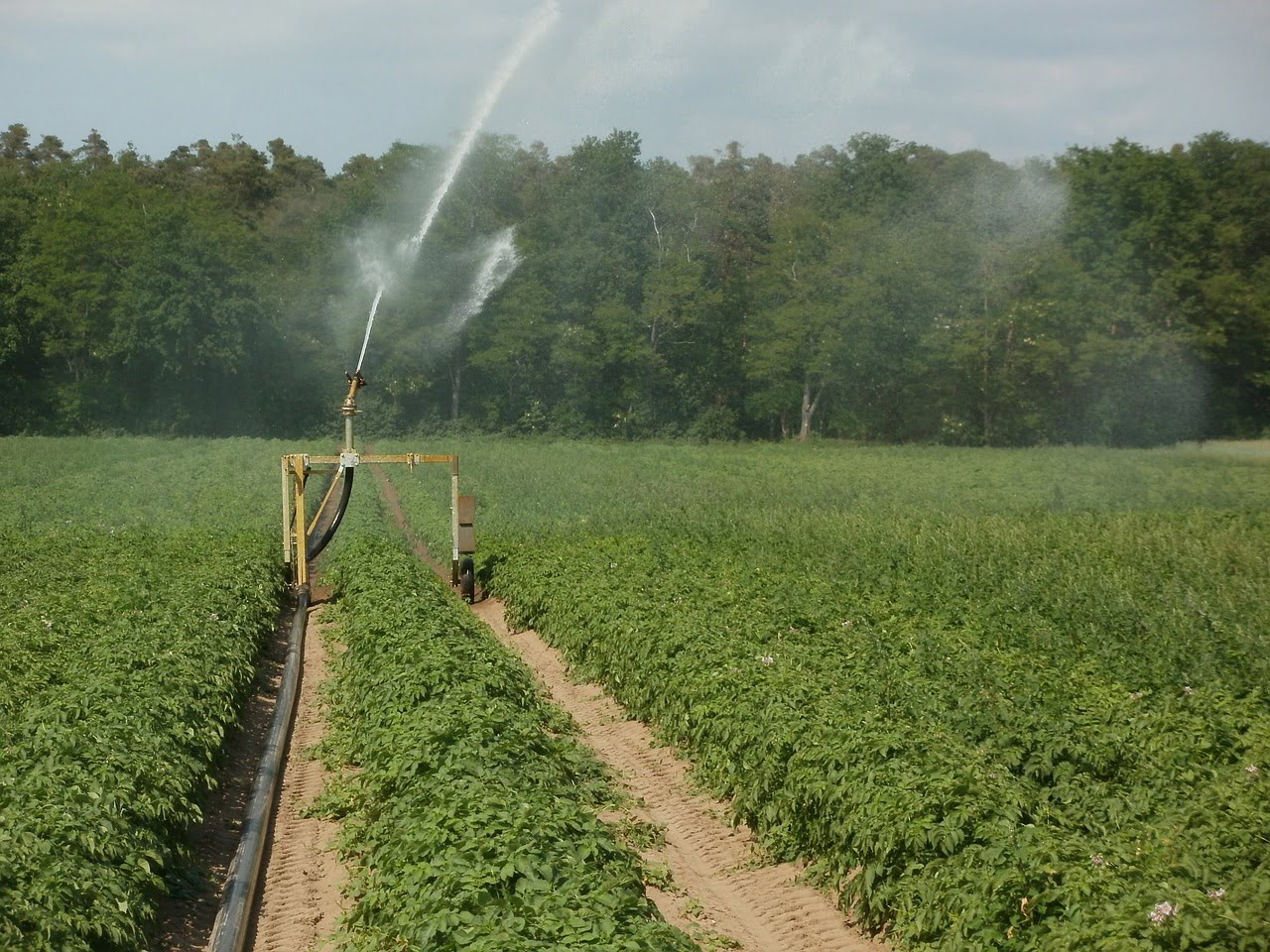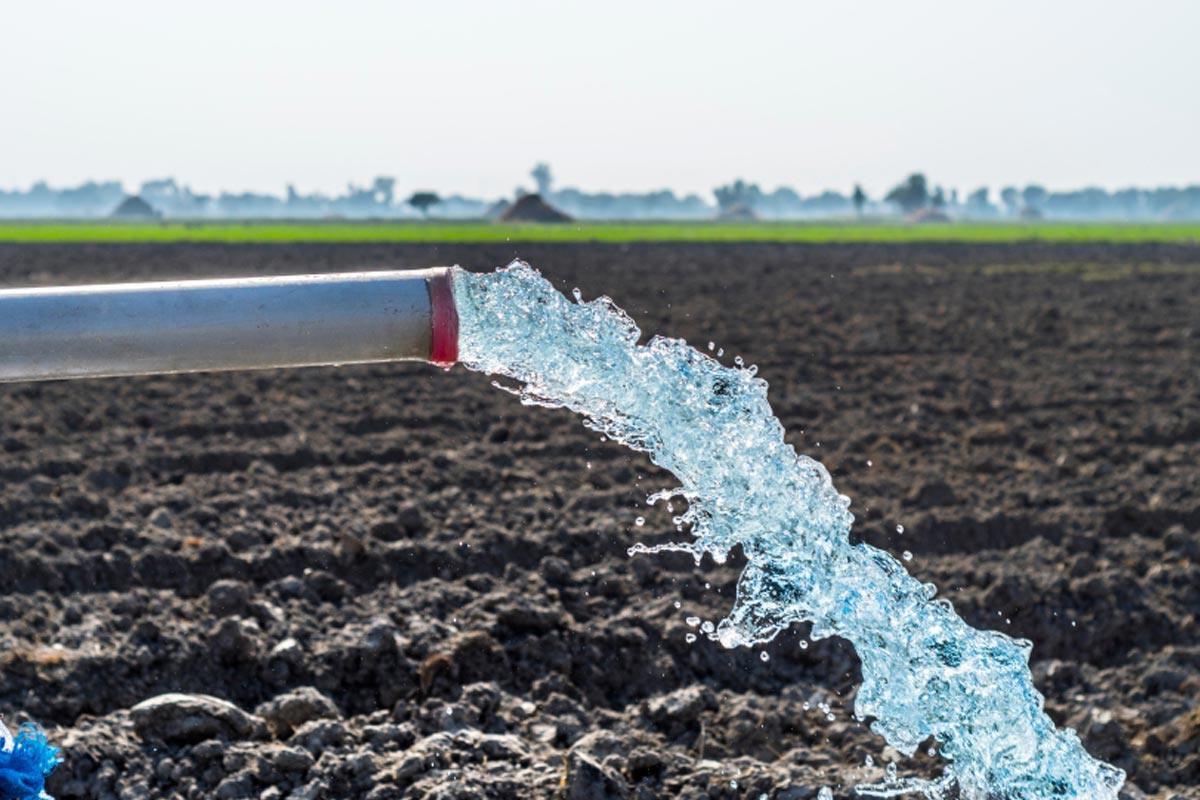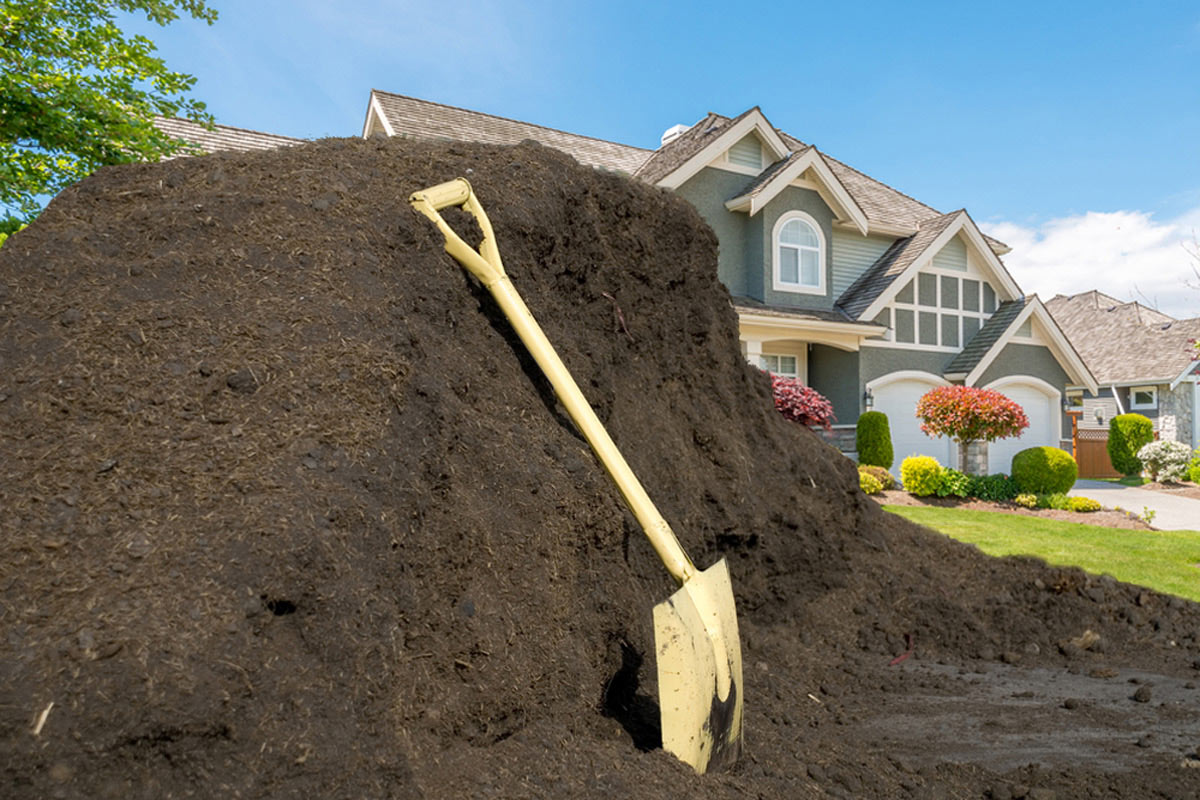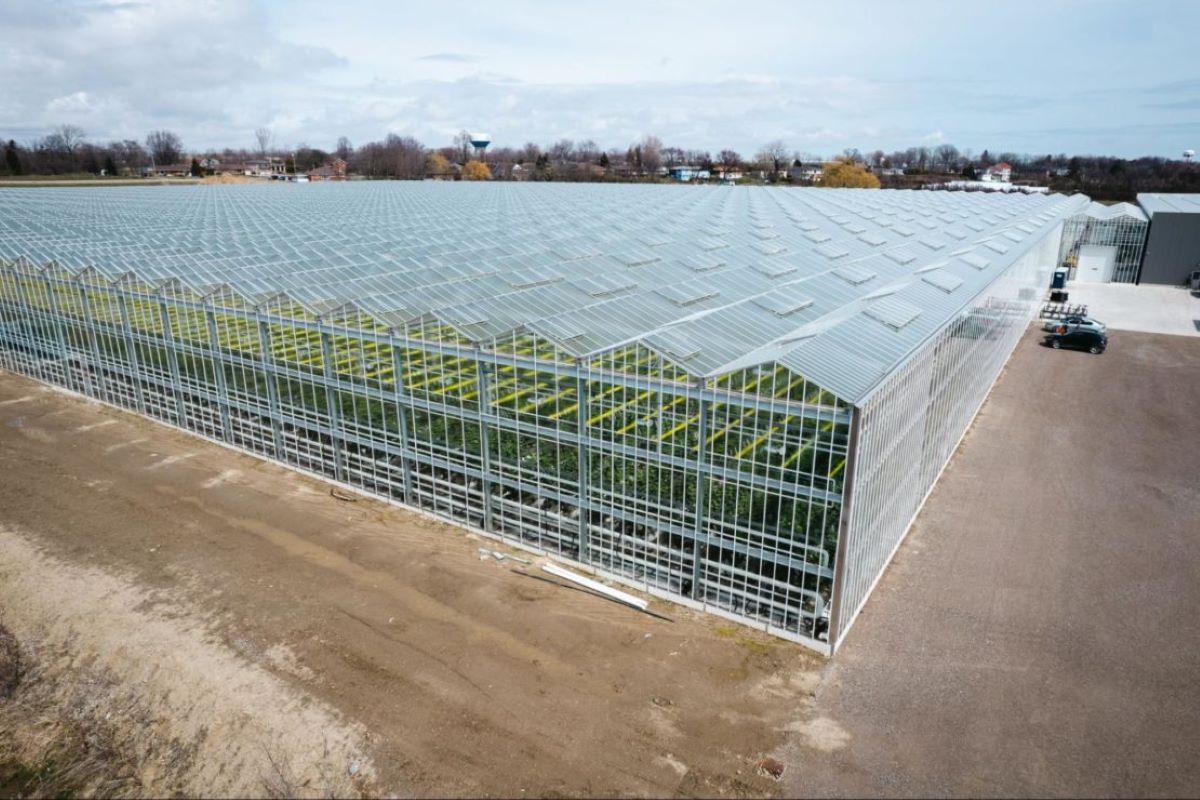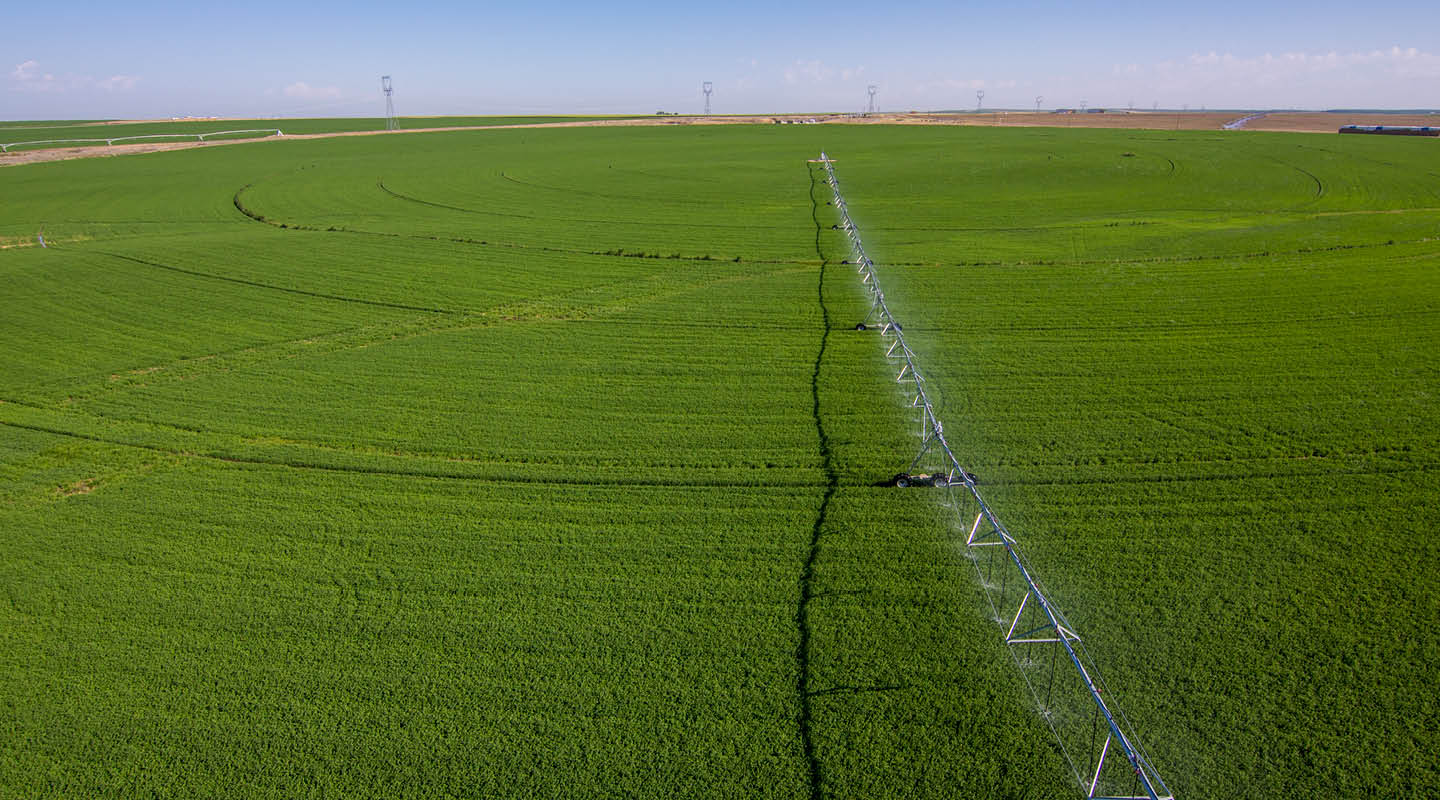Home>Gardening Basics>Getting Started>How Much Do Shrubs Cost
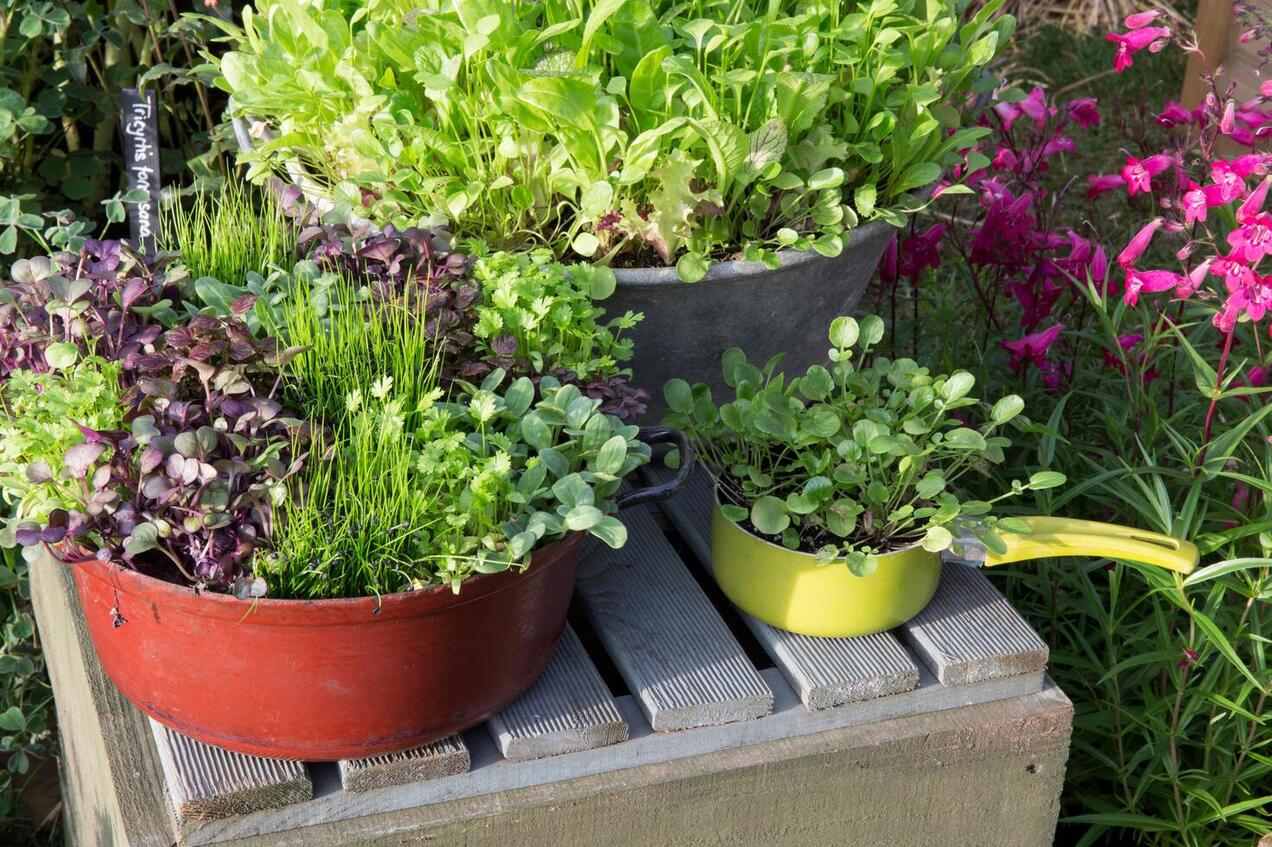

Getting Started
How Much Do Shrubs Cost
Modified: January 22, 2024
Discover the average cost of shrubs and get started on your landscaping project. Learn about different factors that influence pricing and find the perfect shrubs for your budget.
(Many of the links in this article redirect to a specific reviewed product. Your purchase of these products through affiliate links helps to generate commission for Chicagolandgardening.com, at no extra cost. Learn more)
Table of Contents
Introduction
Shrubs are a wonderful addition to any garden or landscape, providing beauty, structure, and privacy. Whether you’re looking to add a splash of color, create a natural border, or enhance the overall appeal of your outdoor space, shrubs can be the perfect solution. However, before you start shopping for shrubs, it’s important to have a good understanding of the factors that can affect their cost. By knowing what to expect, you can make informed decisions and ensure that you’re getting the best value for your money.
There are several key factors that can influence the price of shrubs. First and foremost is the type and variety of the shrub itself. Certain types of shrubs, such as rare or exotic varieties, may come with a higher price tag due to their limited availability or special growing requirements. Additionally, factors such as size, age, and overall condition of the shrub can also impact its cost.
Another factor to consider is where you purchase the shrubs from. Nurseries and garden centers often offer a wide selection of shrubs, but their prices may vary based on factors such as location, reputation, and the quality of their plants. Online retailers can also be a convenient option, as they often have competitive prices and a wide variety of shrub options to choose from.
It’s also worth noting that the time of year can affect the cost of shrubs. Prices may be higher during peak gardening seasons when demands are high or during special sales events. On the other hand, you may be able to find discounts or deals during off-peak seasons. Keeping an eye out for those opportunities can save you some extra dollars.
In this article, we will explore the various factors that influence the cost of shrubs and provide you with a guide to understanding the average prices of common shrub varieties. We will also highlight important factors to consider when buying shrubs and provide useful tips for saving money along the way. So let’s dive in and discover how much shrubs really cost and how to make the most out of your shrub-shopping experience.
Factors Affecting Shrub Prices
When it comes to purchasing shrubs, it’s important to understand the various factors that can influence their prices. By considering these factors, you can make an informed decision and ensure you get the best value for your money. Let’s take a closer look at the main factors that affect shrub prices:
- Type and Variety: The type and variety of the shrub are significant factors that can impact its price. Certain types, such as rare or specialized varieties, may be more expensive due to their limited availability and higher demand. Additionally, factors like the plant’s growth rate, flowering ability, and disease resistance can also affect the price.
- Size and Age: The size and age of the shrub can also play a role in determining its cost. Mature plants that are larger in size are generally more expensive than younger, smaller ones. This is because mature plants require more time and effort to grow and maintain, contributing to their higher price.
- Condition: The overall health and condition of the shrub can influence its price. Healthy and disease-free plants are typically priced higher than those that are unhealthy or show signs of stress. It’s important to inspect the shrub carefully before purchasing to ensure it’s in good condition and free from any potential issues.
- Supplier: The supplier from whom you purchase the shrub can also affect its price. Nurseries and garden centers often offer a wide range of shrubs, but their prices may vary due to factors such as location, reputation, and the quality of their plants. Online retailers can sometimes offer competitive prices, making them a convenient option to consider.
- Time of Year: The time of year can have an impact on the cost of shrubs. Prices tend to be higher during peak gardening seasons when demand is higher. If you’re working with a budget, consider purchasing shrubs during off-peak seasons or keeping an eye out for sales and discounts.
- Geographic Location: The geographic location where you live can also affect the price of shrubs. Availability and transportation costs can vary from region to region, which can influence the market price of shrubs in your area. It’s a good idea to research local prices and suppliers to get a better understanding of the average cost in your specific location.
By considering these factors, you can gauge the price range of the shrubs you’re interested in and make a more informed decision when purchasing. Remember, it’s essential to strike a balance between budget and quality to ensure you get the most value out of your shrub investment.
Types of Shrubs and Their Costs
Shrubs come in a wide variety of types, each with its unique characteristics and price ranges. Understanding the different types of shrubs and their associated costs can help you plan your budget and choose the right plants for your garden. Let’s explore some common types of shrubs and their respective costs:
- Flowering Shrubs: Flowering shrubs, such as roses, hydrangeas, and azaleas, are beloved for their vibrant blooms and add a pop of color to any garden. The price of flowering shrubs can vary depending on factors like the variety, size, and overall health. On average, you can expect to pay anywhere from $15 to $50 or more for a flowering shrub.
- Evergreen Shrubs: Evergreen shrubs, like boxwoods, junipers, and yews, maintain their foliage year-round, providing structure and greenery even in the winter months. The cost of evergreen shrubs can range from $20 to $100 or more, depending on the size and variety.
- Hedge Shrubs: Hedge shrubs, such as privets, hollies, and arborvitae, are commonly used to create natural borders and privacy screens in gardens. The price of hedge shrubs can vary significantly based on factors like height, density, and species. On average, expect to spend around $15 to $30 per hedge shrub.
- Fruit-bearing Shrubs: Fruit-bearing shrubs, such as blueberries, raspberries, and currants, not only add beauty to your garden but also provide delicious harvests. These shrubs can range in price from $10 to $40 or more, depending on the variety and size.
- Native Shrubs: Native shrubs, which are indigenous to specific regions, offer benefits such as low maintenance and support for local wildlife. The cost of native shrubs can range from $10 to $50 or more, depending on the species and availability.
It’s important to note that the prices mentioned above are general estimates and can vary depending on geographic location, supplier, and other factors mentioned earlier. Additionally, larger or more mature shrubs will generally command higher prices due to the increased effort and time required to cultivate them.
Before purchasing shrubs, take the time to research different varieties, their specific care requirements, and their potential benefits for your garden. This will help you make an informed decision and choose shrubs that align with your budget and gardening goals.
Average Cost of Common Shrubs
Now that we’ve explored the different types of shrubs, let’s delve into the average costs associated with common shrubs. These price ranges are meant to provide a general idea and can vary based on factors such as location, size, variety, and supplier. Here are some average costs for common shrubs:
- Boxwood Shrubs: Boxwoods are popular evergreen shrubs known for their dense foliage and versatility. The average cost of boxwood shrubs ranges from $20 to $50 per plant, depending on the size and variety.
- Lilac Shrubs: Lilacs are beloved for their fragrant blooms and add a touch of elegance to any garden. The average cost of lilac shrubs can range from $20 to $40 per plant, depending on the size and variety.
- Hydrangea Shrubs: Hydrangeas are known for their stunning blooms that come in a variety of colors. The average cost of hydrangea shrubs ranges from $15 to $40 per plant, depending on the size, variety, and color.
- Azalea Shrubs: Azaleas are prized for their clusters of vibrant flowers and are a popular choice for adding pops of color to gardens. The average cost of azalea shrubs can range from $15 to $40 per plant, depending on the size, variety, and bloom color.
- Rose Shrubs: Roses are timeless beauties that add elegance and romance to any garden. The average cost of rose shrubs ranges from $20 to $50 per plant, depending on the size, variety, and type (hybrid tea, floribunda, etc.).
- Juniper Shrubs: Junipers are evergreen shrubs known for their unique foliage and ability to thrive in various climates. The average cost of juniper shrubs can range from $20 to $60 per plant, depending on the size and variety.
Please note that these prices are averages and can vary based on your location, supplier, and other factors previously mentioned. Additionally, keep in mind that larger, more mature shrubs will generally cost more than smaller, younger plants due to the extra time and care required to cultivate them.
Before making a final decision on which shrubs to purchase, it’s recommended to research specific varieties, compare prices from different suppliers, and consider your budget and garden requirements. By doing so, you can select the best shrubs that meet your needs while also staying within your desired price range.
Factors to Consider When Buying Shrubs
When it comes to buying shrubs for your garden or landscape, there are several important factors to consider. Taking these factors into account will help you make informed decisions and ensure that the shrubs you choose are well-suited to your needs and preferences. Here are some key factors to consider when buying shrubs:
- Climate and Growing Conditions: It’s crucial to consider your local climate and growing conditions when selecting shrubs. Some shrubs thrive in specific climates or soil types, while others are more adaptable. Research the recommended USDA hardiness zone for the shrubs you’re interested in and assess whether your area meets those requirements.
- Growth Habits: Understanding the growth habits of shrubs is important for planning and maintenance. Consider the shrub’s potential size, growth rate, and whether it’s a spreading or upright variety. This will help you determine if it fits your available space and whether it requires regular pruning or maintenance.
- Sunlight Requirements: Different shrubs have varying sunlight requirements. Some thrive in full sun, while others prefer partial or full shade. Assess the sunlight conditions in your desired planting area and choose shrubs that match those requirements to ensure their proper growth and health.
- Maintenance: Consider the level of maintenance you’re willing to commit to. Some shrubs require regular pruning, fertilizing, or pest control, while others are more low-maintenance. Determine the amount of time and effort you can dedicate to caring for your shrubs to ensure they thrive in your garden.
- Overall Design and Purpose: Think about the design and purpose of your garden or landscape. Do you want shrubs for privacy, accent, or to create a focal point? Consider the colors, shapes, and textures that will complement your existing landscape and fulfill your design goals.
- Budget: It’s essential to set a budget for your shrub purchases. Consider the cost of the shrubs, as well as any additional expenses such as soil amendments, fertilizers, or professional installation, if needed. It’s also worth comparing prices from different suppliers to ensure you’re getting the best value for your money.
- Quality: Look for healthy, disease-free shrubs when purchasing. Examine the plants closely for any signs of pests, damage, or stress. Choose reputable suppliers or nurseries that provide high-quality plants to maximize the chances of their successful establishment in your garden.
By considering these factors, you can make more informed choices when purchasing shrubs and ensure that they are suitable for your specific garden or landscaping needs. Taking the time to research and plan will greatly enhance your satisfaction with the shrubs you choose and contribute to the overall beauty of your outdoor space.
Additional Costs to Keep in Mind
When buying shrubs, it’s important to consider not only the upfront cost of the plants but also any additional expenses that may arise. Being aware of these potential costs will help you plan your budget effectively and ensure a successful shrub planting experience. Here are some additional costs to keep in mind:
- Soil Amendments: Depending on your soil’s composition and pH levels, you may need to invest in soil amendments to create an optimal growing environment for your shrubs. This could include adding organic matter, such as compost or peat moss, or adjusting the pH levels with lime or sulfur.
- Fertilizers and Nutrients: Shrubs require proper nourishment to thrive. Consider the cost of fertilizers and other nutrient supplements to provide your shrubs with the essential elements they need for healthy growth. This may include granular fertilizers or liquid fertilizers specifically formulated for shrubs.
- Watering and Irrigation: Adequate water supply is crucial for the establishment and growth of your shrubs. Consider the cost of installing or maintaining an irrigation system or purchasing watering equipment such as soaker hoses or drip irrigation systems. These can help ensure your shrubs receive the necessary amount of water, particularly during dry spells or hot summer months.
- Mulch: Applying a layer of mulch around the base of your shrubs offers various benefits, including weed suppression, moisture retention, and temperature regulation. Factor in the cost of purchasing mulch, such as wood chips or shredded bark, to cover the planting area around your shrubs.
- Landscaping Fabric or Weed Barrier: To further prevent weed growth and minimize maintenance efforts, you may choose to invest in landscaping fabric or weed barrier material. These can be placed underneath the mulch to create a barrier and reduce competition from weeds. Consider the cost of purchasing and installing these materials if desired.
- Professional Services: Depending on the complexity of your landscaping project, you may need to hire professionals for tasks such as site preparation, planting, or maintenance. Take into account the cost of professional services if you decide to seek help from landscapers, gardeners, or arborists.
- Replacement and Warranty: Occasionally, even with proper care, shrubs may fail to establish or thrive. Check if the supplier or nursery offers any warranty or guarantee on their plants. You may need to factor in the potential cost of replacement if a shrub doesn’t survive or meet your expectations.
By considering these additional costs, you can ensure that you have a comprehensive understanding of the financial aspects involved in buying and maintaining shrubs. Taking them into account from the beginning will help you budget accordingly and avoid any unexpected expenses along the way.
Tips for Saving Money on Shrubs
While investing in shrubs can beautify your garden, it’s always beneficial to find ways to save money without compromising on quality. Here are some helpful tips to consider when looking to save money on shrubs:
- Plan Ahead: Take the time to plan your shrub purchases in advance. Research the types of shrubs that suit your needs and budget, and create a list of the specific varieties you’re interested in. By having a clear plan, you can avoid impulsive purchases and make more informed decisions.
- Buy Younger Plants: Younger shrubs tend to be less expensive compared to larger, more mature plants. Consider purchasing smaller potted shrubs or bare-root plants, as they are typically more affordable. With proper care and patience, younger shrubs can grow and flourish just as beautifully as their more established counterparts.
- Compare Prices: Shop around and compare prices from different suppliers, including local nurseries, garden centers, and online retailers. Check for any ongoing sales, discounts, or promotions that may be available. You might be surprised at the price variations for the same plant, so don’t hesitate to do some price comparison to find the best deal.
- Consider Local Sources: Look for local plant sales, gardening groups, or plant swaps in your community. These can be great opportunities to find affordable shrubs or even get them for free through plant exchanges. Additionally, buying from local sources can often save on shipping costs and support local businesses.
- Plant from Cuttings or Seeds: Consider propagating new shrubs from cuttings or starting them from seeds. This method requires more time and patience, but it can be a very cost-effective way to grow a larger number of shrubs for your garden. Many shrubs can be successfully propagated, and there are various online resources and guides available to help you through the process.
- Seasonal Sales and Clearance: Keep an eye out for seasonal sales and clearance events at nurseries and garden centers. These establishments often offer discounts on shrubs and other plants towards the end of the season to clear inventory. Take advantage of these sales to save money on high-quality shrubs.
- Join Rewards Programs: Some nurseries or garden supply stores have loyalty or rewards programs that offer discounts, coupons, or special promotions to their members. Sign up for these programs to enjoy exclusive benefits and save money on your shrub purchases.
- Divide and Share: If you have friends or family members with well-established shrubs, consider asking if they’re willing to divide or share some of their plants. Many shrubs can be successfully divided and transplanted. Not only will you save money, but you’ll also have the opportunity to grow a wide variety of shrubs in your garden.
By implementing these tips, you can save money while still adding beautiful and thriving shrubs to your garden. With a little research, planning, and creativity, you can create an exquisite landscape without breaking the bank.
Conclusion
Shrubs are a fantastic addition to any garden or landscape, providing beauty, structure, and privacy. By understanding the factors that affect shrub prices, knowing the average costs of common shrubs, and considering important factors when buying shrubs, you can make informed decisions that align with your budget and gardening goals.
Factors such as the type and variety of the shrub, size and age, condition, supplier, time of year, and geographic location can all influence the price of shrubs. By taking these factors into account, you can anticipate the price range and make choices that suit your preferences and financial capabilities.
When purchasing shrubs, it’s important to consider the different types available and their associated costs. Flowering shrubs, evergreen shrubs, hedge shrubs, fruit-bearing shrubs, and native shrubs all have varying price ranges. By researching the specific shrub varieties that interest you, you can better gauge their cost and choose the ones that fit your needs and budget.
Beyond the upfront cost of shrubs, there are additional expenses to keep in mind, such as soil amendments, fertilizers, watering and irrigation systems, mulch, and professional services. Considering these costs in advance will help you plan your budget effectively and ensure the long-term health and success of your shrubs.
However, there are several ways to save money on shrubs without compromising on quality. Planning ahead, buying younger plants, comparing prices, considering local sources, propagating shrubs from cuttings or seeds, taking advantage of seasonal sales and clearance events, joining rewards programs, and sharing plants with others are all effective strategies for saving money while still obtaining beautiful shrubs for your garden.
In conclusion, by understanding the various factors that influence shrub prices, researching the average costs of different types of shrubs, considering important factors when purchasing, and implementing money-saving tips, you can create a stunning and cost-effective garden filled with thriving shrubs. Enjoy the process of selecting and planting your shrubs, and watch as your outdoor space transforms into a vibrant and inviting haven.
